When it comes to e-commerce, setting up a website is fairly easy. The true challenge lies in getting customers to it.
Back when websites were a new concept, it was enough to just build your site and submit it to directories. Since then, things have changed a bit, with marketing becoming more complex.
The Internet is filled with billions of pages. In fact, the e-commerce industry is growing at an average rate of 10% each year.
As such, it makes sense that 63% of marketers say that their top marketing challenge is generating traffic and leads.
While there are quite a few ways you can boost your online traffic, SEO and PPC campaigns are the two biggest contenders that marketers turn to.
Although I’m an advocate for PPC when it makes sense, the costs of bidding on competitive terms are simply too high, especially for e-commerce properties that are just starting out.
SEO, on the other hand, is ideal for all businesses because organic traffic from search engines is virtually free.
Now, that being said, implementing SEO on an e-commerce site is difficult because many sites are run by multiple people who aren’t SEO professionals.
Fortunately, I did some research and uncovered solutions for the four most common SEO problems professionals face.
So, if you’re looking for effective tips to help you boost your traffic without paying Google or Bing, this article is for you.
Let’s get started!
Low-quality content
When you think of running an online store, I’m sure the last thing on your mind is content creation. The saying “content is king,” only applies to traditional sites, right?
Well, unfortunately, that’s far from the case. In the past, most SEOs got away with copy-and-pasting product descriptions from manufacturers.
But today that’s far from ideal.
Since the release of Google’s Panda algorithm, website owners have had to ensure they’re putting out quality materials for their audiences.
In essence, product pages need to be more than pages with a photo and blurbs about a product. You also can’t just copy-and-paste descriptions from the manufacturer.
To increase your SEO rankings, you need to have custom product descriptions.
That being said, you can only fit so much information into the average product description. After all, you don’t want to be writing a novel for each product.
And in some cases, such as on larger sites, it’s impractical to optimize thousands of product descriptions.
This is where user-generated content can be used to fill the void, and help boost sales.
Amazon, for example, features customer product reviews, photos, and videos.
But e-commerce sites are more than a way to offer products. They’re also a great way to share knowledge and add value to your prospective and current customers.
Demand Metric has found that 91% of B2B marketers and 86% of B2C marketers use content marketing.
If you’re not in that majority, you’re missing out on a simple yet effective way to boost sales.
Now, you’re probably thinking, “I’m a retailer offering products. What does writing have to do with this?”
In short, there’s a variety of benefits to blogging, especially when it comes to creating long-form content.
One of the biggest reasons blogs help businesses is because they give people a reason to visit your site. Even if they’re not looking to make an immediate purchase.
For example, when you’re purchasing something like a TV or computer, you probably do a bit of research beforehand. Why not build trust with your customers by writing a buyer’s guide?
Nespresso does an excellent job of attracting consumers to their site with their Coffee Selector. It takes you through a questionnaire in order to discover what roast of coffee suits you best.
Even if you don’t plan on immediately purchasing coffee from Nespresso, you still have a reason to visit the site. And that can lead to a conversion later on.
Not sure what to write about? A trick I use all the time is to focus on solving problems or answering questions my readers have.
Neglecting technical SEO
Just because content is king, doesn’t mean you can neglect the technical side of things. Even the greatest content is worthless if Google isn’t able to index it properly.
Although e-commerce sites have more moving parts than your typical blog or standard website, the same fundamentals of SEO apply.
That being said, there are a few quirks unique to e-commerce sites which can make things a bit more difficult. Fortunately, the solutions aren’t as difficult as you would expect.
Improper linking
When you’re shopping in a store, isn’t it frustrating when you get lost among the shelves of items, trying to find what you’re looking for?
Just as brick-and-mortar locations have to make their stores easy-to-navigate, you need to ensure your online store is simple to use.
An essential part of simplifying your navigation is to leverage breadcrumbs throughout your site.
The benefit to this is two-fold. You’ll be able to improve click-through rates while also improving the usability of your site.
Duplicate title tags
A core tenet of any SEO strategy is ensuring you have quality metadata throughout your site. E-commerce sites especially need unique meta titles for products.
Now, there’s going to be some instances where descriptions will overlap. For example, when selling products from the same or similar brands.
But coming up with unique titles doesn’t have to be difficult. You can use the “brand-model” title tag formula.
This means structuring your title tags in the following way: Brand – Model – Item Type.
Examples of this include “Toyota Corolla Compact Car” or “Dell Inspiron Laptop Computer.”
This approach works so well because most search queries are phrases rather than single keywords.
On the surface, this might seem tedious, but it’s essential to put in the effort since click-through rates affect search rankings.
Lack of “speaking” URLs
Have you ever gone to a website only to see the address go from Example.com to something along the lines of Example.com/store?006ID0CH4?pf_rd_m
Not very useful, right? That’s exactly what Google thinks when it encounters pages like that.
Now, take a look at the example below.
As you can see, there is some gibberish, but it’s pushed to the end. The beginning and middle parts of the URL are a bit clearer.
In the SEO space, we commonly refer to those types of URLs as “clean URLs” because they’re easy to read and understand by both humans and search engines.
This not only provides you with another opportunity to add keywords to your website, but your visitors are more likely to share the URLs on social media.
It is also important to understand URL parameters, which help search engines effectively crawl through your site.
Parameters hold a ton of information about your page, including how many times the link has been clicked and where people found it.
Setting up effective parameters will help you and search engines understand your website better.
Slow load times
We’ve come a long way since the days of dial-up Internet. In the past, it was the norm to wait minutes for pages to load. Today, even a few seconds of lag can cause cart abandonment.
Cart abandonments increase exponentially between load times of up to 10 seconds.
Putting that in perspective, Shopify has found a few other notable tidbits around customer satisfaction. Specifically how slow load times can lead to negative brand perception.
While you can’t necessarily flip a switch and speed your site up overnight, there are a few simple tips you can follow to squeeze more speed from your server.
But before getting started with these techniques, it’s best for you to secure benchmarks.
You can easily do this with Google’s PageSpeed Insights tool.
As you can see below, Google doesn’t just measure your speed, but they also provide actionable insights into how to optimize your site.
On my blog, page speed is average, while optimization is rated as good.
Of course, one of the best ways to keep your site speed up is to only use the essential features for your online store.
Once you’ve trimmed your site to the essentials, you’ll want to enable caching on your site.
In essence, this is when your server takes common instructions and stores them for faster processing.
If you’re looking to get into the nitty-gritty of caching, DigitalOcean has an extensive guide on the topic.
Even with caching enabled, I highly recommend using a content delivery network (CDN) for handling images, videos, and other media if you have a relatively large e-commerce site.
As with caching, CDNs are a pretty vast topic, but the concept is fairly simple. Rather than having servers in one location, you’ll have a global network of servers to cut load times.
For those of you who are building out a brand new e-commerce site, or if you have the development resources, you should try to leverage accelerated mobile pages when possible.
The importance of SSL
One of the final components I want to touch on regarding technical SEO is the need to enable SSL across your entire website.
Google puts a significant emphasis on user experience. And part of that involves embracing security best practices.
Over the past few years, Google has increasingly emphasized SSL in regards to SEO. In fact, half of page 1 search results on Google are from SSL enabled sites.
In the past, SSL certificates were expensive and difficult to obtain. Today, however, they’ve become so common.
Virtually all web hosts can handle installing them for you – including e-commerce specific sites like Shopify.
Depending on your needs, you might want to look into Let’s Encrypt which is a service that offers free SSL certificates.
Not building links properly
Getting people to link to product pages is pretty challenging. While many people turn to affiliate programs for link building, those links aren’t always helpful.
In order to build natural links, you need to take a varied approach to link building. I already mentioned the importance of blogging, but that’s not the only option you have.
Leverage review sites
One of my favorite e-commerce link-building methods is through user review sites. A survey of 30,000 websites by Yotpo found that business reviews play a significant role in organic page views.
While we’re on the topic, it’s worth noting there are a few other benefits to using review sites for your business.
They increase site traffic, give your site legitimacy, and provide a great place to find content and topics for your blog.
And whether you’re a small business or are fairly established, getting more reviews isn’t too difficult with the right techniques.
Leveraging discounts
If there’s one thing that delights users, it’s getting a great deal on a product or service. Take a look at sites like Retail Me Not, and you’ll see people are always looking for great deals.
By giving away coupons and offers, you can get other bloggers to not only link to your homepage but also your product pages. Just make sure you’re not giving away too much.
Influencer partnerships
In an era where millennials are tuning out messages from big brands, many companies are turning to influencer marketing as a way to boost their business.
Influencer marketing can help drive traffic through social media links.
And while it’s unknown just how much social shares directly impact rankings, they do offer a few side benefits which provide an edge.
Internal Linking
Of course, while external links are great for your e-commerce site, you can’t neglect the importance of internal links.
You’ll want to leverage internal linking because your category and product pages are packed with a variety of valuable keywords.
WIthout internal links, those pages will likely go to waste when it comes to SEO performance.
Amazon is the master of this with their “Customers who bought this item also bought” carousel:
Lack of collaboration between SEO and SEM teams
If you’re like most e-commerce site owners, you’ve probably leveraged pay-per-click campaigns on your site to some degree, at least once in your career.
There’s a good reason for that. PPC, unlike SEO, provides website owners with more control over their traffic. It also provides immediate results while SEO takes some time.
Since Google implemented their secure search feature a while back, SEOs, for the most part, haven’t been able to see the keywords that drive traffic to their site organically.
Organic clicks are now simply labeled as coming from Google, but no longer display the query string. Analytics tools instead are identified under the token “not provided.”
While there are a few workarounds to this issue, for the most part, this algorithm change has made it difficult to perform keyword research without additional resources.
Now, there’s no shortage of tools for SEO professionals on the market today. But they can only do so much.
Even the most experienced SEOs are going to encounter keywords that are nearly impossible to rank organically. For example, it can be difficult to rank for a competitor’s brand name.
PPC helps you fill this void while providing immediate results, whereas SEO can take some time to show an effective return.
All that being said, SEO can provide exponential results over time, while PPC is a steady driver of traffic.
Although combining SEO and SEM efforts might take some effort at first, in the long run, it provides you the best of both worlds.
Conclusion
Just because e-commerce sites have plenty of moving parts doesn’t mean making your site SEO-friendly has to be difficult.
While SEO used to be about gaming the system and finding loopholes to exploit, today, it all boils down to two components:
Content quality and website usability.
Google expects website owners to delight their visitors and customers. That’s why you need to focus on adding value to your target audience.
In essence, you want to write for users first, robots second.
That’s not to say keywords aren’t relevant today. But it’s all about weaving those keywords into natural language.
Proper e-commerce SEO involves a two-pronged approach. You want to focus on the technical and practical sides of website management.
On the practical side of things, you need to focus on educating your audience through quality materials that inform and delight.
And don’t just limit yourself to text. You can also use video.
There’s no arguing that link building remains an essential part of SEO. By creating link-worthy content, you can gain a significant edge over the competition.
Moving onto the technical side of things, remember that Google emphasizes usability. Fast speeds, simple linking, and descriptive metadata are essentials here.
And while all of that is great for the user (and your site), SEO only goes so far.
PPC is still an essential way to drive immediate results in today’s competitive landscape.
While they both involve opposite tactics, there is some middle ground. Keyword research.
By using SEO strategically, you can slash your PPC costs on high-value keywords.
Once you’ve mastered the art of SEO, and your PPC team is on the same page, you’ll need to focus on converting the traffic that comes to your site.
How have you fixed common SEO problems on your e-commerce site?

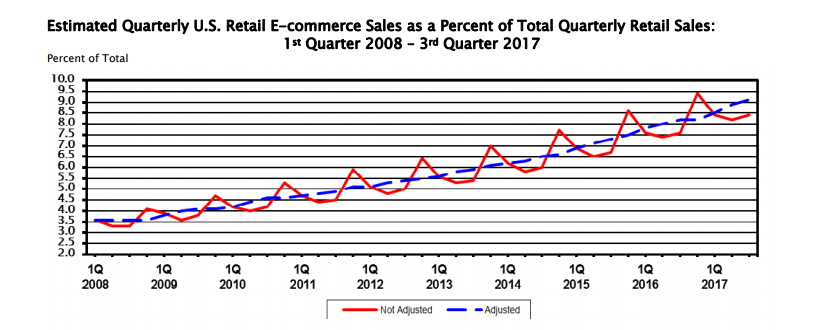
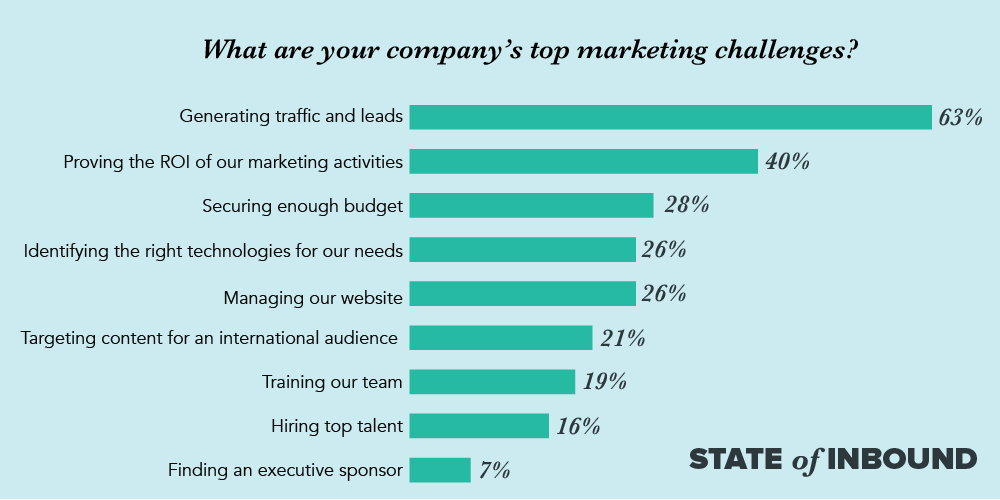
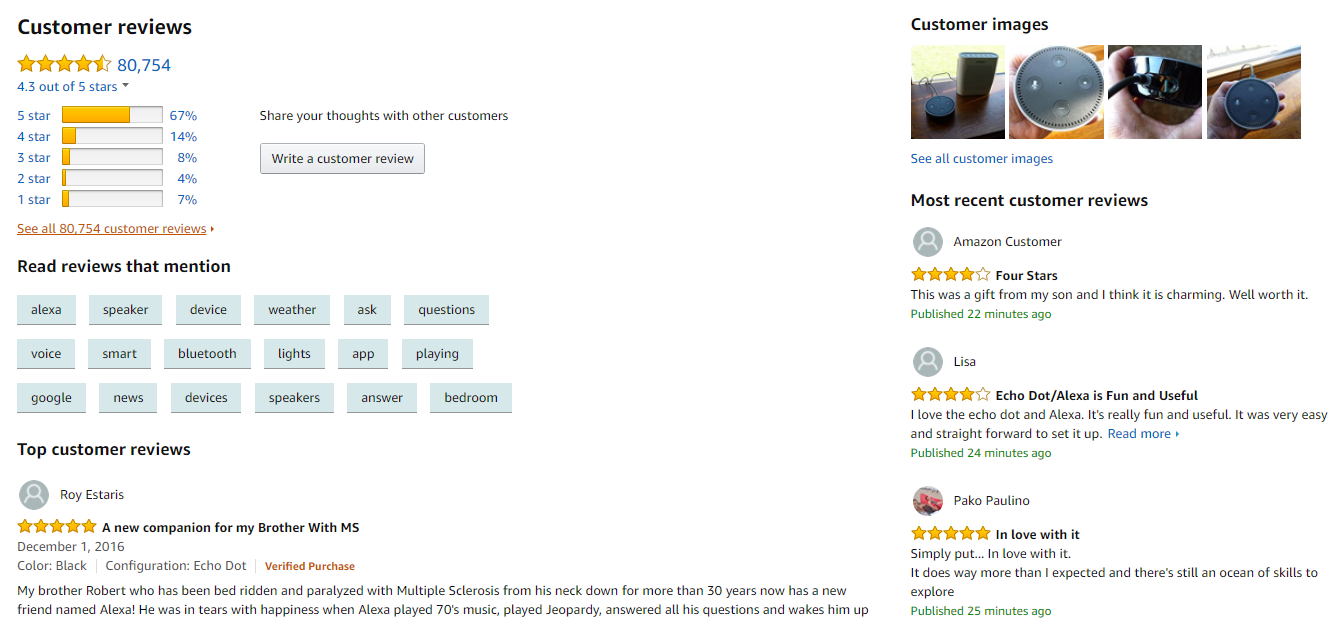
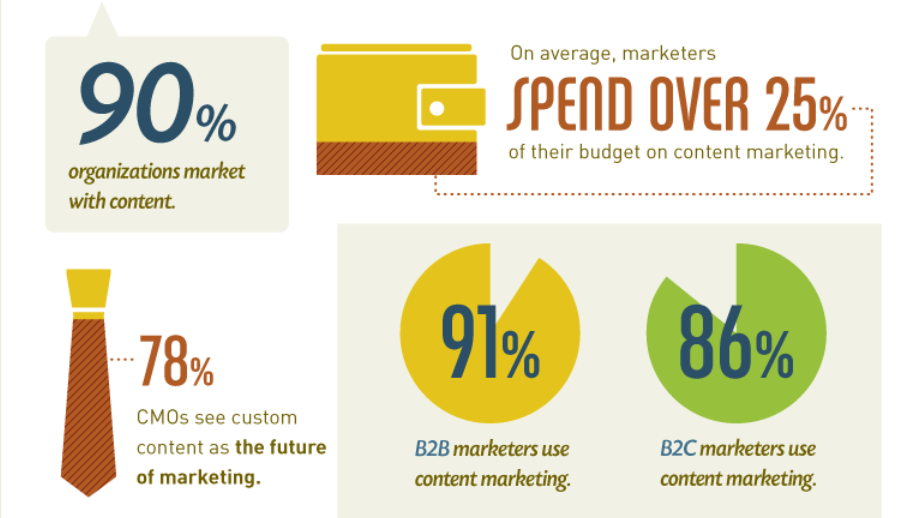




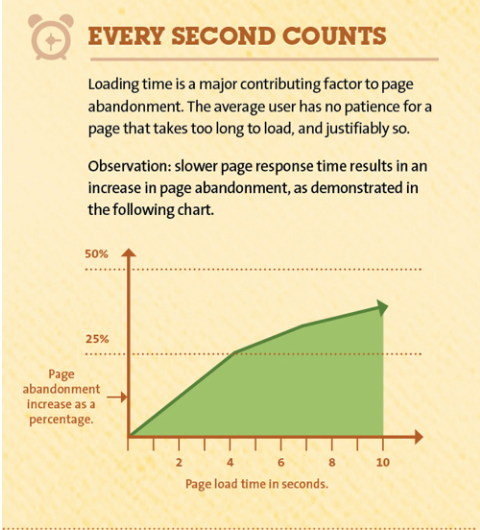
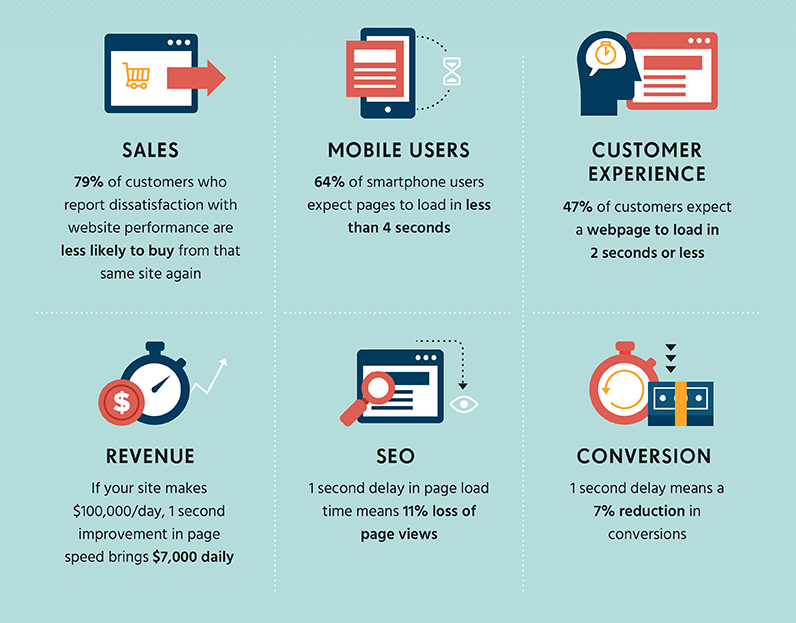
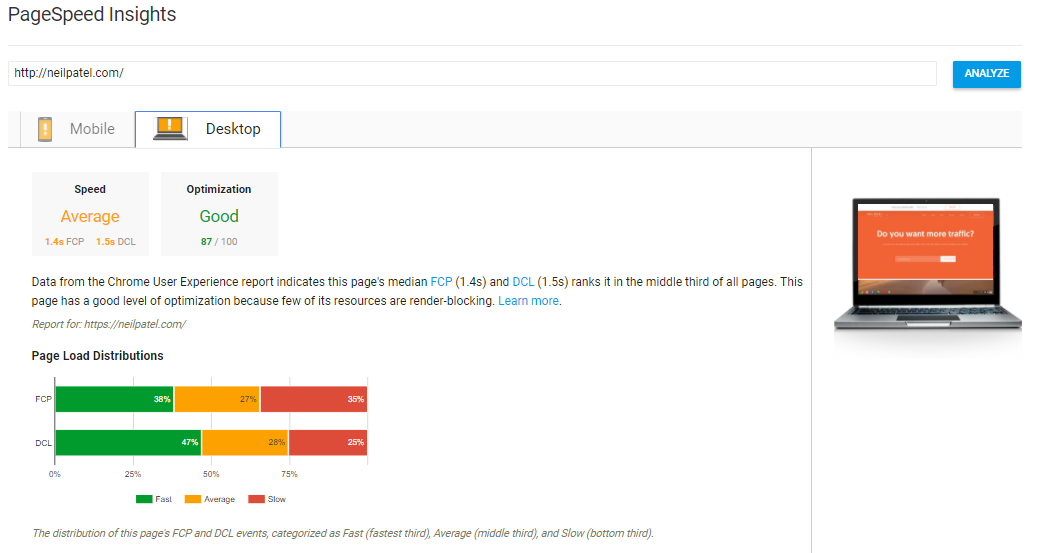
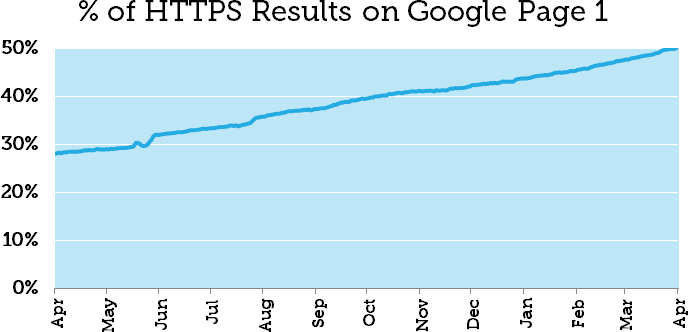
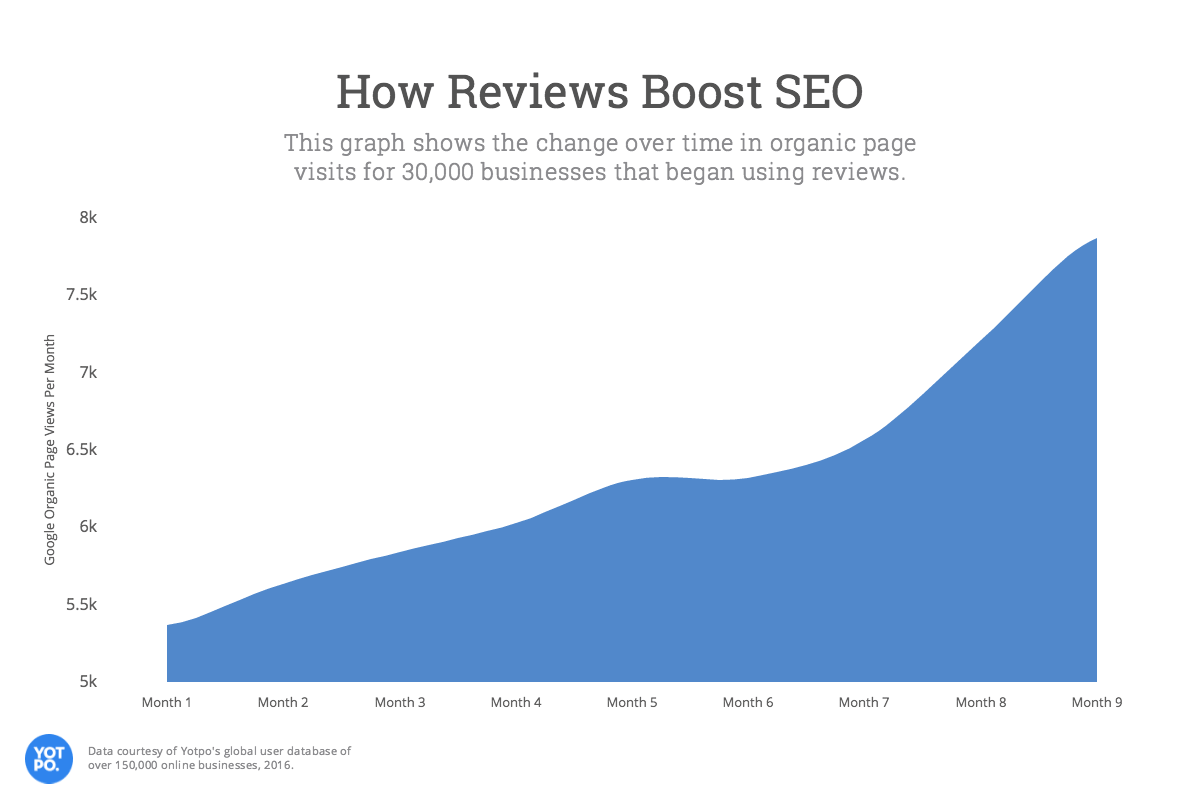

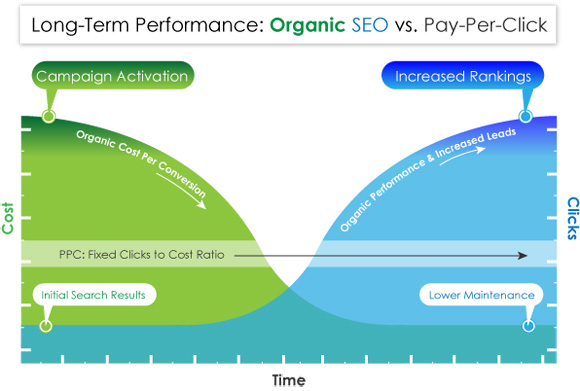
Comments (11)